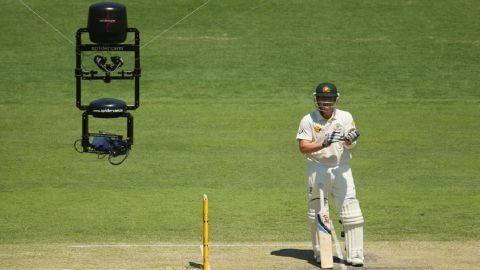
Cricket, the quintessential ‘gentlemans’ game’, is believed to have been first played by the Saxons or the Normans children in the grasslands of Weald. As an adult game Cricket was probably first played around 1611. Derived from the game of Bowls as a batsman tried to stop the ball from reaching the target by striking it away. County teams were formed by ‘local experts’ and the first recorded match was played in 1709. Despite constraints, cricket became popular amongst women as well and the first Women’s cricket match was recorded in 1745 in Surrey. The first cricketing rules were drafted by the “Star and Garter Club” whose deemed members formed the Marylebone Cricket Club (MCC) at Lord’s. In the early 17th century it reached North America as English immigrants who spent free time playing cricket were then known as rounders and this gave a rudimentary foundation to current-day baseball.
In the last half millennium, the sport has grown to be so loved throughout the globe that it has been named the second most popular sport in the world. England and Australia were originally the sole cricket-playing nations. Today there are 96 associate nations who play the sport internationally. The two earlier formats consisting of the Test and One-Day were joined by a shorter version, T-20 which as we know has proven to be the most popular in current times. The advancement of cricket is extremely interesting, not only with new formats and changes in rules of play being introduced but also with modern technology now playing such a crucial role in this phase of the game's evolution.
DRS
The biggest advancement in the sport was the introduction of the DRS technology, short for ‘Decision Review System’ in 2008. Its main objective was to review the decision made on-field by a third umpire using nuanced mechanisations to help in a fair decision being taken and reverse an erroneous decision made. Newer technologies have been applied to refine the DRS process and today’s DRS version is greatly advanced with usage of Snicko and HawkEye.

